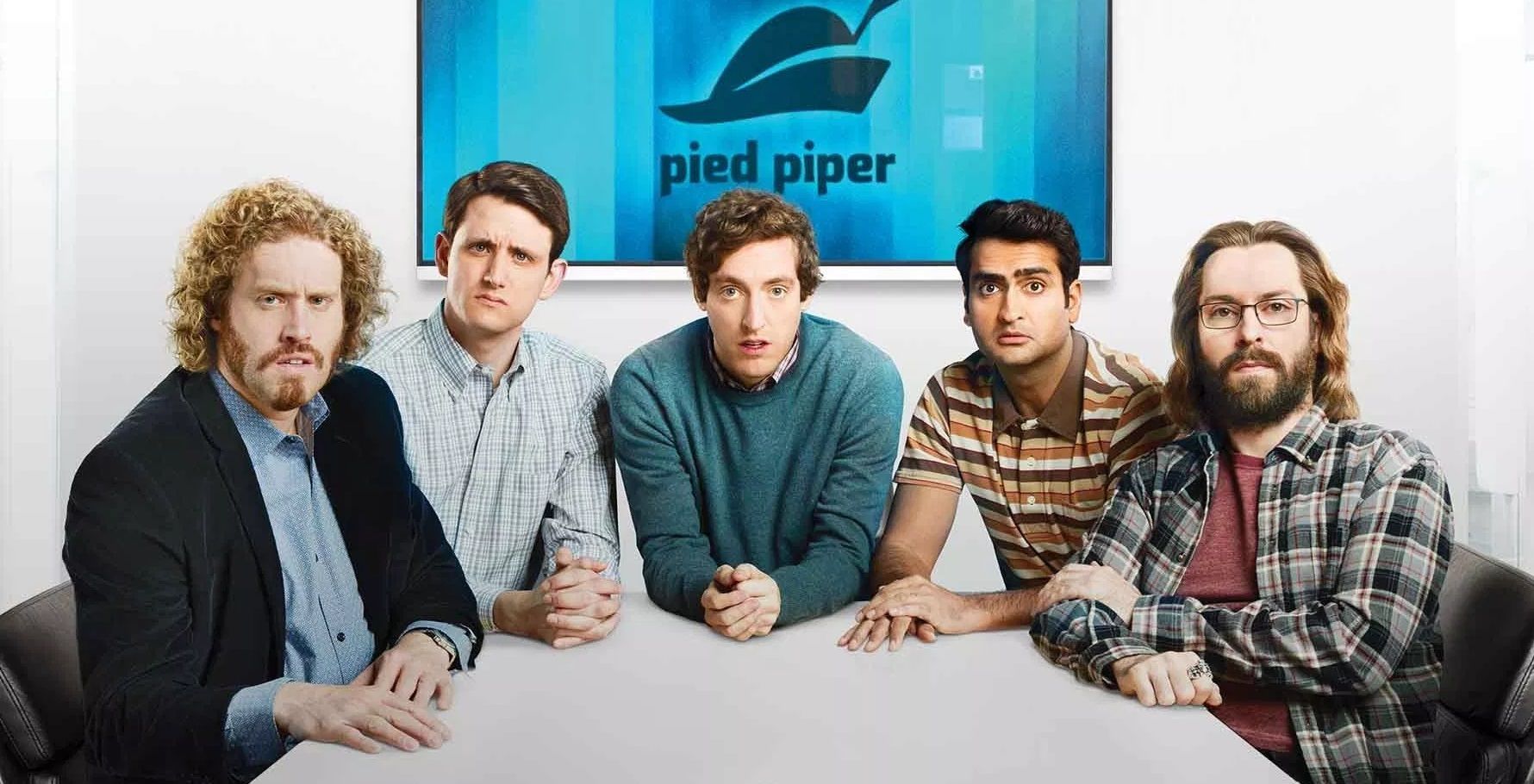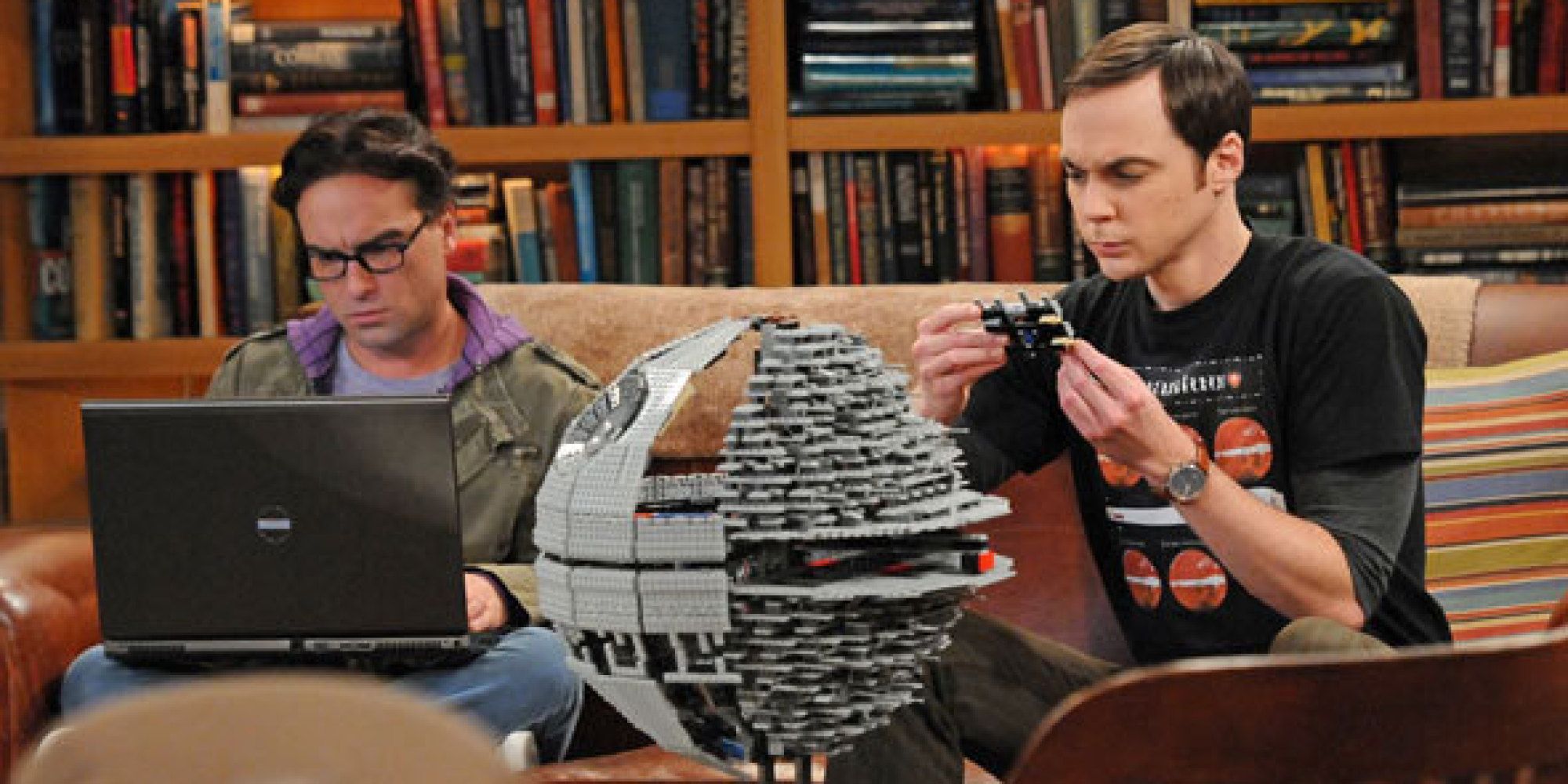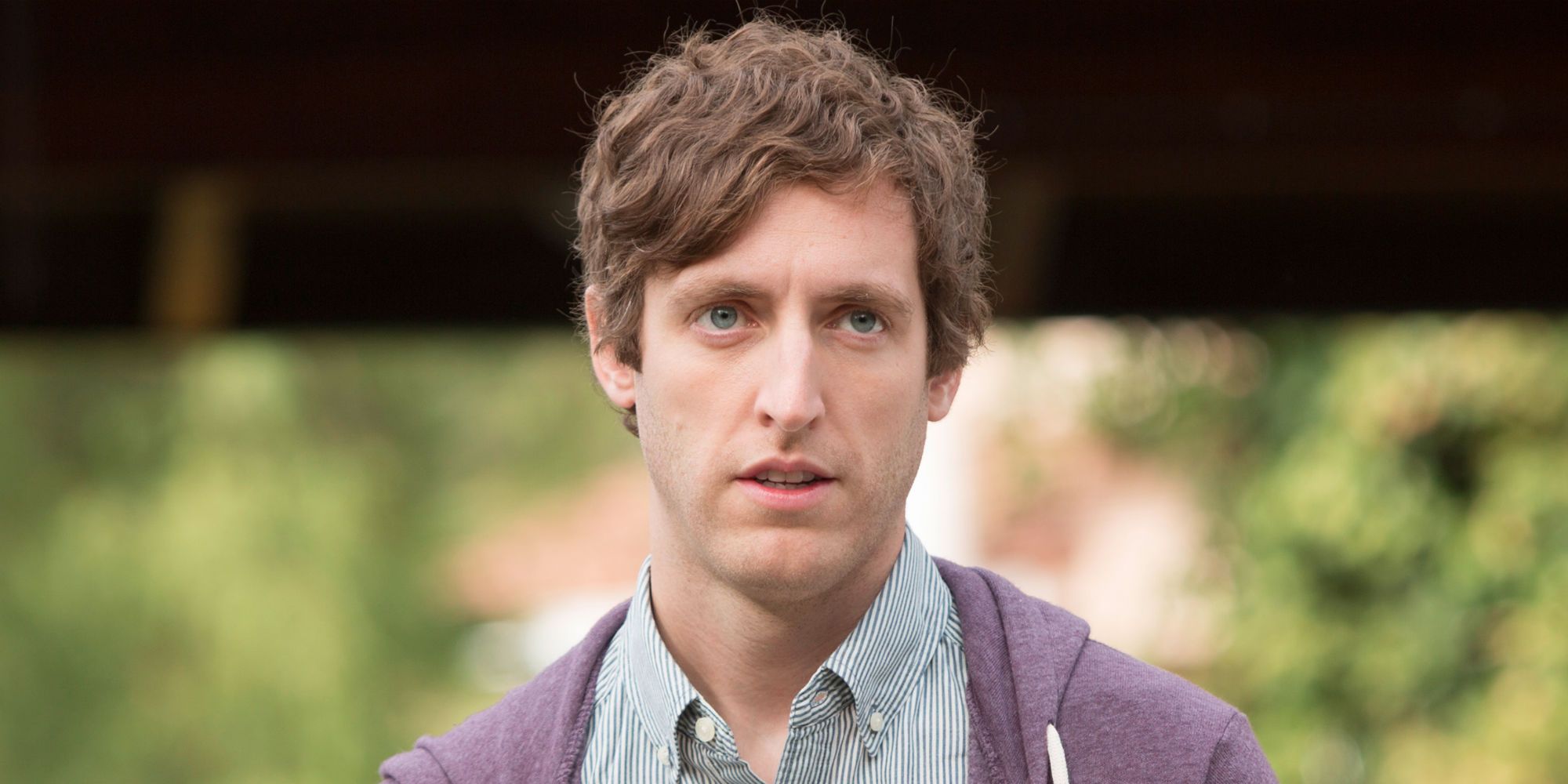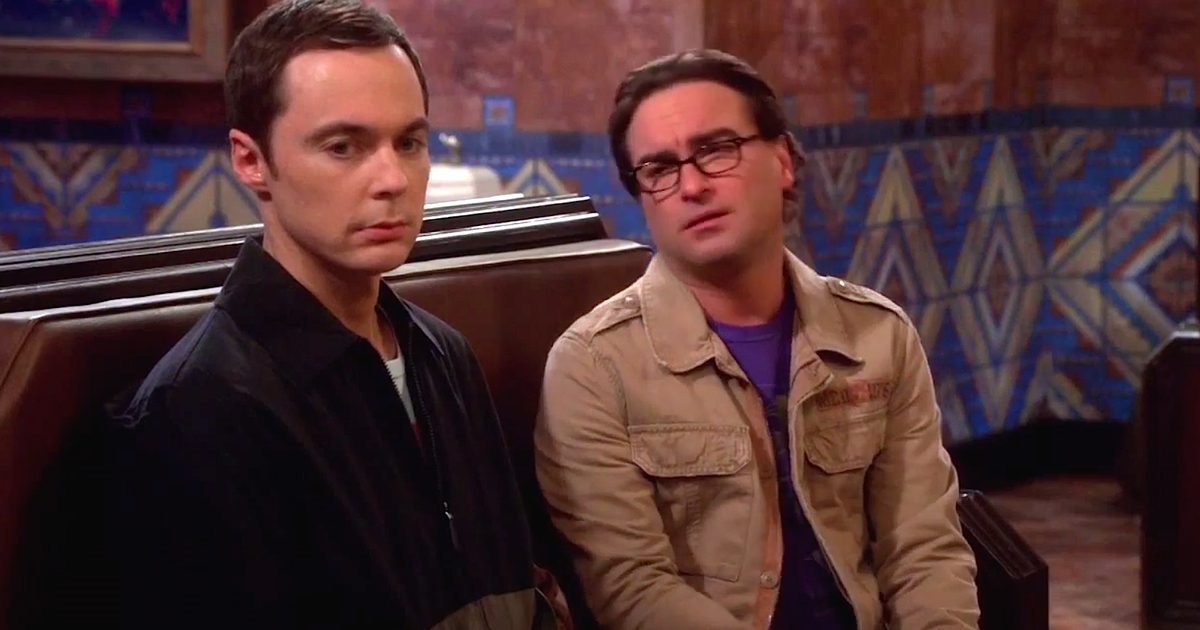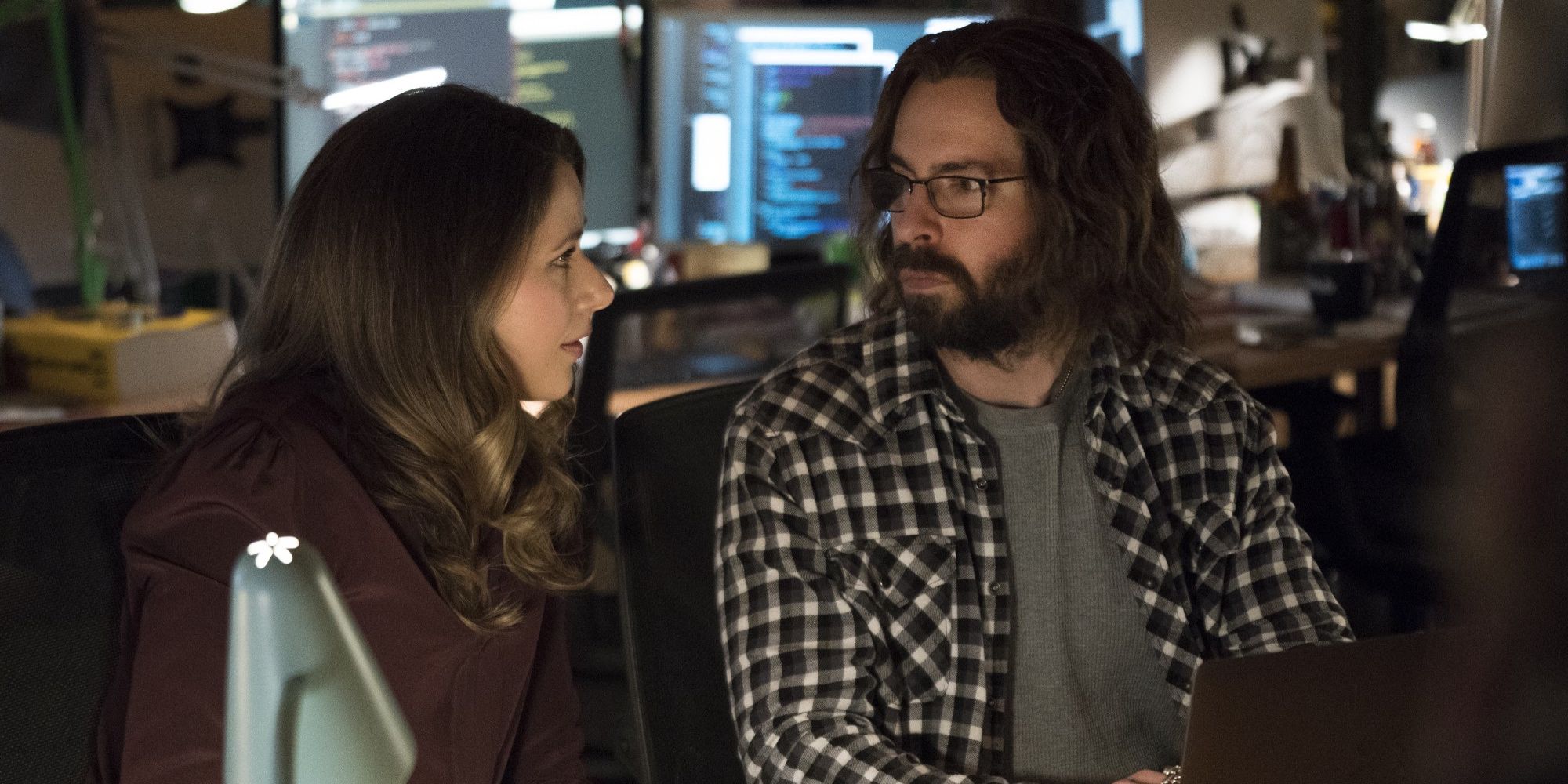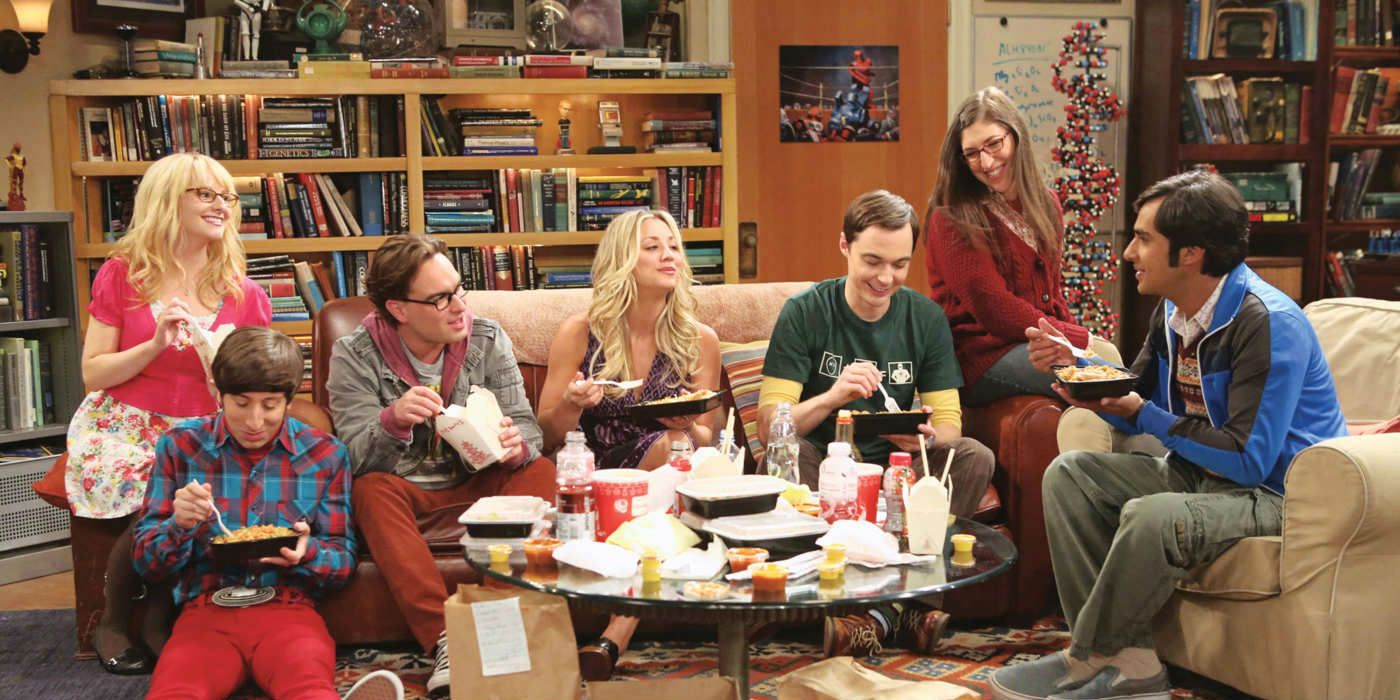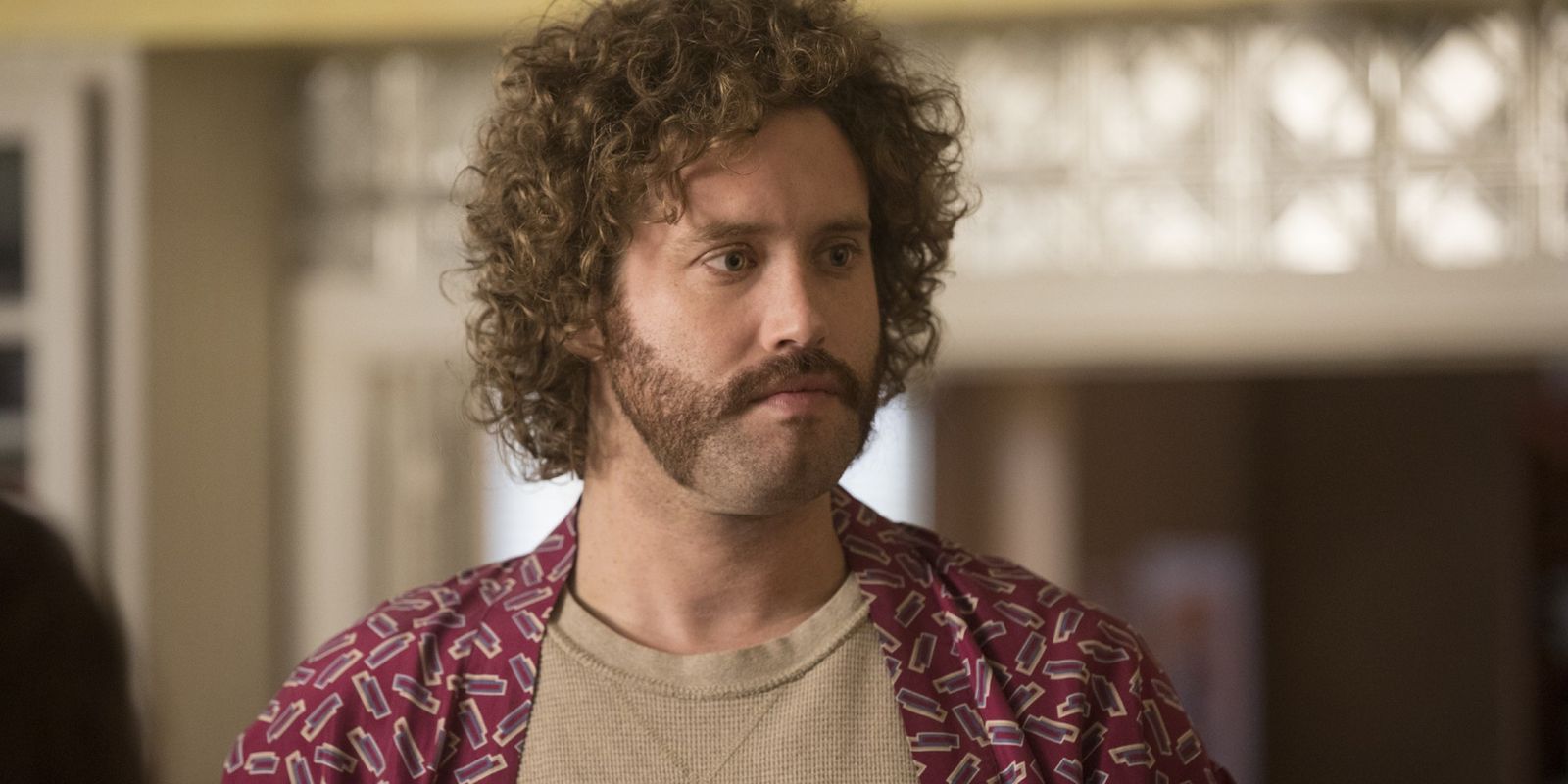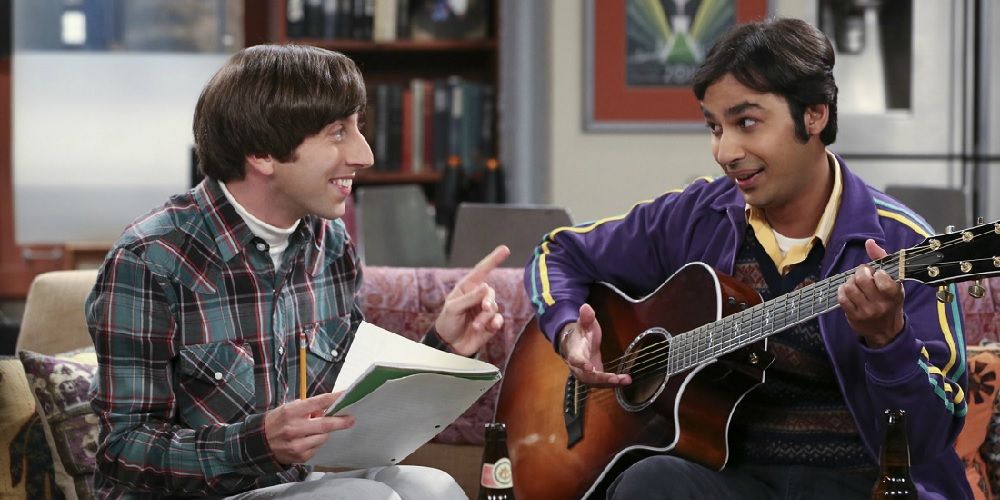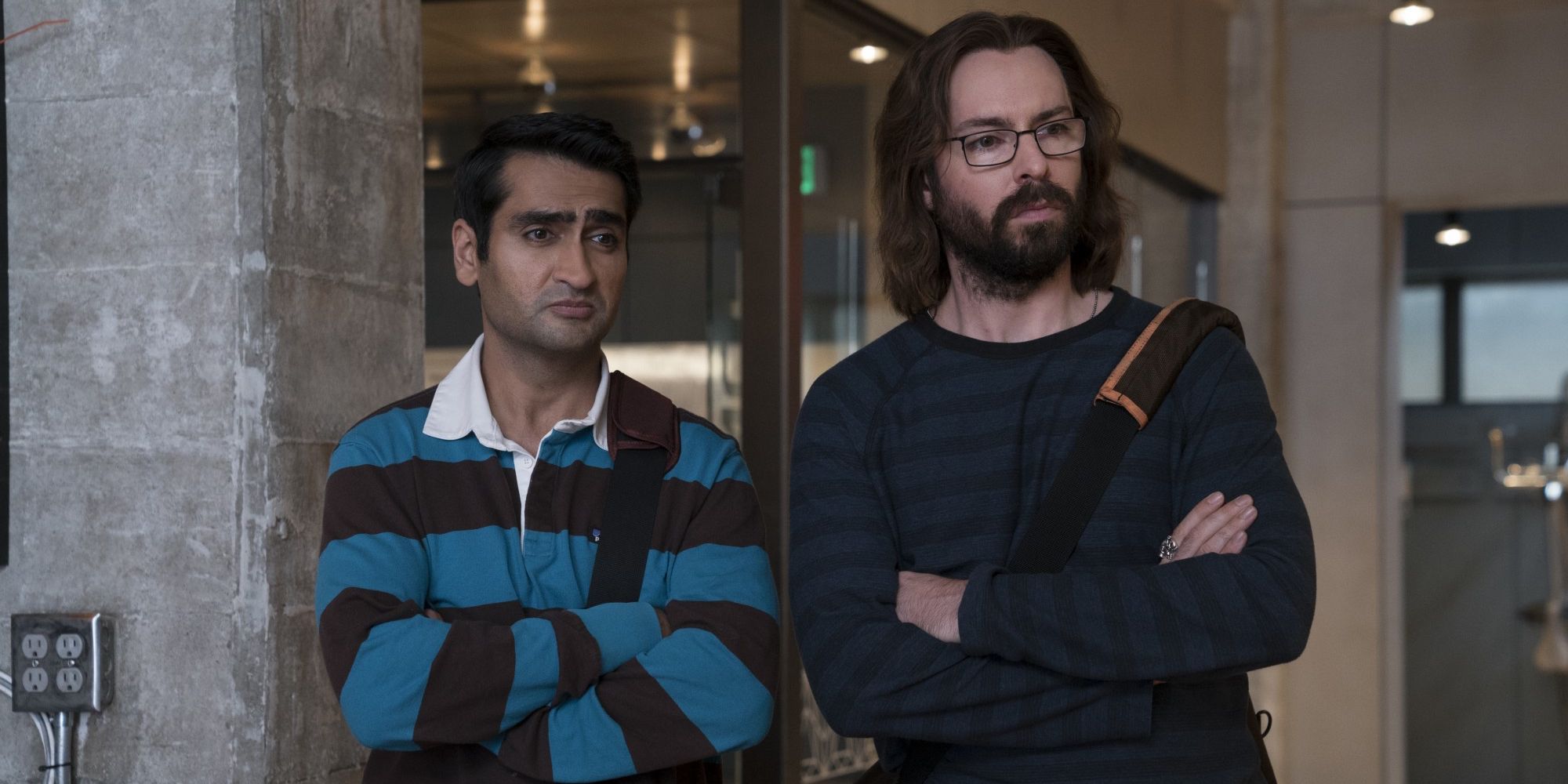The Big Bang Theory may be highly rated and inexplicably popular, but it is also one of the most universally hated shows on television, with overwhelmingly negative reviews and a sea of online detractors. Silicon Valley, on the other hand, is one of the most critically acclaimed and widely beloved shows on the air.
RELATED: Bazinga! 10 Geeky Sitcoms Like Big Bang Theory
So, despite having a similar premise – both shows telling the story of a group of nerds in California as they go through the trials and tribulations of their daily lives – they couldn’t be more different. There’s a lot that makes Silicon Valley the superior geek sitcom. Here are 8 Things Silicon Valley Does Better Than The Big Bang Theory.
Depicting nerd culture
The Big Bang Theory is supposed to be a show about smart people, but then they have Sheldon using Internet Explorer. In the eyes of non-nerdy viewers, the characters of the show might be nerds, but to real nerds, they have no credit. The Big Bang Theory’s depiction of nerd culture is very primitive and outdated, portraying nerds as stereotypes – they all love sci-fi, superheroes, cosplay, Renaissance fairs. That’s not to say that those nerds don’t exist, it’s just that that’s not all there is.
That isn’t the be all and end all of nerd culture. On the other hand, Silicon Valley presents an eclectic range of nerds: the socially awkward genius, the brash Satanist, the articulate pothead. These aren’t stereotypes – they’re specific characters drawn from the huge pool of the nerd community.
Joking about nerd culture
The Big Bang Theory doesn’t make any jokes about nerd culture. It simply uses nerd culture as the joke. Sheldon will mention comic books and the laugh track will play. What’s the joke? Oh, right, the fact that he’s a quote-unquote “geek” is supposed to be the joke. It’s nerd comedy written by high school bullies.
Meanwhile, Silicon Valley actually has jokes about what it’s lampooning. Richard saying the word “code” doesn’t constitute a joke in that world. The writers have more respect for you than that. Instead, Richard will say, “I’m having nightmares that I forgot to back up my systems.” It’s funny and it’s relatable – even if you’re not a coder, you can relate to a worst-case scenario keeping you up at night – and most importantly, it’s an actual joke. That’s nerd comedy written by nerds.
Storytelling
The Big Bang Theory rarely manages to tell a story at all. It usually just sets up a premise of an episode, wrings a couple of scenes out of that, and then rolls the credits. Silicon Valley, on the other hand, is telling a huge, sweeping, complex story across multiple seasons, with cliffhanger endings and plot twists and character development.
RELATED: The Big Bang Theory Series Finale Has Not Been Written Yet
Like a lot of “Golden Age” television, it feels less like a TV show and more like a giant movie cut into small parts. To be fair, Big Bang isn’t a serialized show. Each episode is a standalone piece, but it still fails to tell interesting standalone stories within those episodes. Silicon Valley does that in addition to the long-running story arcs.
Female characters
Both The Big Bang Theory and Silicon Valley are shows about a male group of friends, but the latter handles its female characters much better. Big Bang started out with Penny, perhaps the most cliched “girl next door” character ever created, who was just there so the show would have a hot girl for its male characters to ogle. The show has since brought in two new female characters who were slightly less sexualized, but they were still just there to be love interests for the men.
Silicon Valley’s female characters, like Monica and Laurie, are allowed to be their own people with their own quirks and jokes and story involvement without the burden of being a romantic interest. Despite being the “hot girl” of the cast, Monica is just a platonic friend and colleague to the guys.
Paying off jokes
There are some funny observations in The Big Bang Theory, but they’re never paid off in an exciting or unexpected way. In Silicon Valley, however, the funny observations (which are usually funnier than Big Bang’s anyway) are paid off later. For example, there’s an episode where Richard dates a woman who uses seven spaces instead of tabs when she’s coding and he prefers to use tabs.
It drives him so crazy that he breaks up with her – and on his way out, to prove a point, he tries to jump seven stairs at once and ends up injuring himself. This is called payoff and it’s what elevates passable comedy into great comedy.
Jerk characters
Both The Big Bang Theory and Silicon Valley have characters who are jerks, but the latter’s are funny while the former’s are annoying. Both Howard and Erlich are overconfident loud-mouths, but while Howard is simply a two-dimensional pervert, we see Erlich’s humanity as he tries to be everything he’s not: popular, successful, and attractive.
RELATED: T.J. Miller Reveals Why He's Leaving Silicon Valley
When Raj was included in People magazine’s “30 Under 30 To Watch” list, he became a class-A jerk in the worst, most annoying way possible. When Dinesh became the CEO of Pied Piper, he became a class-A jerk in the best, most hysterical way possible. The differences are subtle, but huge. Dinesh’s jerkiness comes from something he didn’t really earn, his downfall is right on the horizon, and we can see the insecurities behind the facade of his newfound confidence. It’s just better-written and better-acted.
Dialogue
While the dialogue in The Big Bang Theory sounds awkward and ham-fisted, like the writers had a thesaurus on hand to make the characters’ lines sound smarter, the dialogue in Silicon Valley is deftly crafted, mixing sophisticated language with unsophisticated concepts (i.e. “I’m going to go find some hoes to prioritize behind you”) in a way that Big Bang tries and fails to do.
In an average episode of The Big Bang Theory, there might be one single line that manages to raise a genuine chuckle, and that’s being generous. Every episode of Silicon Valley, however, requires dozens of viewings to even catch all the hilarious, inspired, beautifully worded linguistic gems. It’s like the writers go through every script a hundred times, line by line, until there isn’t a single line of dialogue without some sort of comedic merit to it.
Respect for its audience
Ever wondered what makes the movies of Quentin Tarantino and Christopher Nolan head and shoulders above the rest of cinema? A huge part of it is that they don’t underestimate their audience’s intelligence. And that’s The Big Bang Theory’s problem. The Big Bang Theory might be a show about the smartest people in Pasadena, but it expects you to be an idiot. It spoon-feeds you the same jokes over and over again, it tells you when to laugh, and it swaps jokes for people saying long words it doesn’t expect you to know. Frankly, it’s insulting.
Silicon Valley holds you in much higher regard than that. It doesn’t pander to anyone, it doesn’t help you keep up, and it doesn’t make any condescending assumptions about your intelligence.

